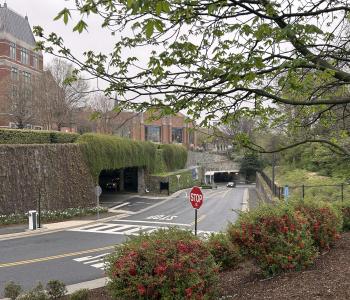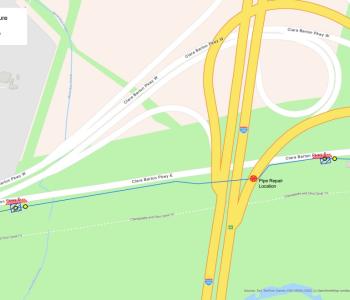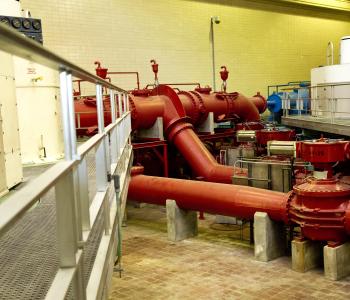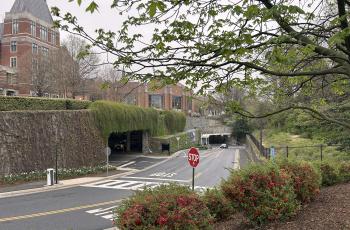DC Water Releases Comprehensive Report on Pressure Drop and Boil Water Advisory
DC Water today released a comprehensive report on the issues surrounding the loss of water pressure at the Bryant Street Pumping Station and the circumstances that led to the warning for some customers to boil their water during a 48 hour span.
The report, released by DC Water CEO and General Manager David L. Gadis, makes a set of recommendations for improvements to both the operation of the pumping station and the ways in which the water utility communicates with customers. The report was delivered to DC Water board members this morning.
“This report makes good on our promise to be an open and transparent with our customers as we can,” Mr. Gadis said. “We can and we will do better. Although I’m proud of how quickly our team restored water pressure, how infrequently these types of incidents occur at our utility and the many ways we shared the information with our customers, I want us to constantly improve.”
Gadis said that he has met privately with Mayor Muriel Bowser, Councilmember Mary Cheh and the DC Water Board of Directors to discuss all aspects of the incident and lessons learned. The July 12 incident impacted more than 34,000 customers and likely well over 100,000 District residents and visitors. Ultimately, there were no reported incidents of any notable contamination and no reports of illness associated with the precaution.
Tommy Wells, Chair of the DC Water Board and the District’s leader of the Department of Energy and the Environment, praised the report for showing transparency and offering a plan for improvement.
“The people of the District want to know that DC Water is reliable and honest about short-comings. This report shows that we’re on the right path, and the Board is satisfied that the issues that were identified are being addressed,” Wells said.
The full text of the report is posted online and the preliminary recommendations are included below:
- Valve Restrictions: Operational controls at pumping station to prevent accidental release of pressure by requiring Water Distribution supervisor approval before a divider valve is opened.
- Safe Clearance Standard Operating Procedures: The Department of Distribution and Conveyance System will clarify protocols and expectations for safe clearances and ensure that all operators and maintenance staff are trained on these changes within 30 days of the changes.
- Supervisory Control and Data Acquisition (SCADA): The Department of Distribution and Conveyance Systems in partnership the Department of Engineering and Technical Services is conducting a comprehensive review of SCADA alarm protocols. We expect to make changes in the near future that will improve alarm notifications.
- Technology improvements: Information Technology Department has added a second server to reduce the chance of website being overwhelmed.
- Better mapping capability: Information Technology is creating pre-loaded map templates that can be used for future alerts that show existing pressure zones.
- Better government coordination: Water Quality Division will more frequently review Drinking Water Public Notification Plan internally and with EPA Region 3. The language for advisory templates will also be reviewed more frequently to minimize delays.
- Communication: DC Water is reviewing possible technology enhancements to reach more customers more quickly and convening discussions with DC Homeland Security and Emergency Management Agency (HSEMA) about both Reverse 911 system or the Wireless Emergency Alerts (WEA) system for drinking water advisories.
- New customer outreach: DC Water will identify a liaison officer to communicate with hospitals, schools, universities and other large customers in case of future emergencies.
- Call Center: DC Water is reviewing options for adding additional customer service phone lines and staff to be able to handle future emergencies.
Additional Resources:








